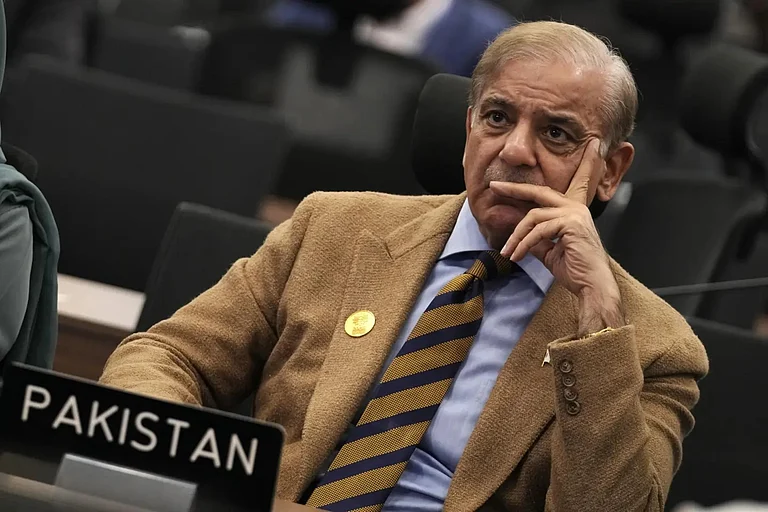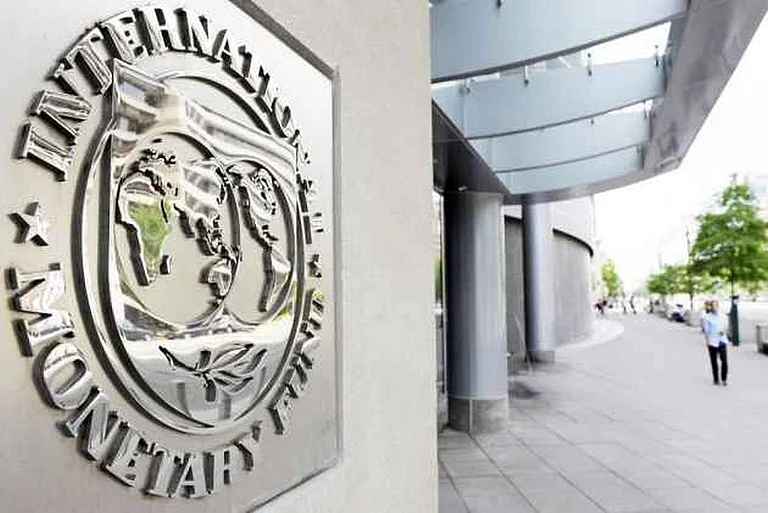Global reserve structure determines how countries exchange, react during times of crises, and ensure money stability. There have been two models in recent years — the centralized SDR system under the control of the IMF and decentralized crypto reserves based on blockchain infrastructure. Both have the purpose of facilitating economic resilience and liquidity but are fueled by governance, accessibility, and control philosophies that vary from one to another.
Centralised Reserve Systems — The SDR Model
Special Drawing Rights (SDRs) is a foreign reserve asset that is intended to be used as an addition to official member country reserves. Held and administered by the IMF alone, SDRs are neither a currency nor a claim on the IMF but can be converted between member countries into freely usable currencies. Centralization is the basis for the system with preestablished rules of allocation, valuation, and transfer, all under one multilateral scheme.
Its actual strength is that it can impose order and predictability. Member states decide on all the allocation decisions in a collective manner, and the support relies on an interdependence of national economies following common commitments. It is central in nature, but its weakness lies in the fact that access is facilitated by the strength of institutions, which constrains membership to sovereign member states and denies non-sovereign any entry.
Decentralized Reserve Systems — The Crypto Approach
Conversely, decentralized reserve systems such as in the case of blockchain-based systems do not have any central point of control. Crypto reserves can be held, transferred, and verified by open, distributed ledgers accessible to the public with an internet connection. Rather than an intergovernmental control, the system is powered by consensus algorithms, cryptographic verification, and, in the majority of cases, algorithmic regulation.
This design attempts to eliminate entry barriers and diminish dependence on middlemen gatekeepers. Through enabling peer-to-peer transactions and borderless access, decentralized reserves introduce a vector of inclusion and self-direction that could not be simulated through traditional centralized systems. This openness, though, goes hand in hand with increased sensitivity to market volatility, governance conflicts, and the lack of a formal lender of last resort.
Governance and Control
Centralized frameworks such as SDRs keep decision-making authority inside the institutionalized bodies. This provides consistency at the expense of possibly delayed response due to the need for group agreement. Decentralized crypto reserves, on the other hand, disperse the governance across the network of members such that rapid changes can be accomplished but equally hard to come to an agreement where interests diverge.
Governance affects transparency, as well. Allocations of SDR are recorded and made public, but the underlying processes of policy-making are not publicly visible to the general population. Decentralized networks have transparency in the design by default, with transaction data being verifiable on-chain, but their governance processes may remain under control of technically advanced actors.
Liquidity and Accessibility
SDR liquidity is premised on the willingness of member states to exchange SDRs for currencies available. Institutional agreement and IMF policymaking compliance are required. Access is discriminatory; it is subject to state membership and multilateral negotiation.
In decentralized cryptocurrency reserves, liquidity is brought about by the global trading flows at any given moment without the need for permission from the center. Anybody can access, but it is also dependent on market depth and demand, implying liquidity can fluctuate insanely based on network adoption and investor sentiment.
Resilience and Crisis Response
During periods of global crisis, central systems are able to mobilize massive interventions, as the IMF has done by lending SDRs to help stabilize members' reserves. The advantage of a central system is having the capacity to move with size and authority in an integrated fashion.
Decentralized reserves, on the other hand, depend on market mechanisms to meet shocks. Their strength is most commonly due to infrastructural redundancy — there are multiple independent nodes that support the system even if some are lost — but they do not possess a formal means of providing emergency liquidity in a controlled, strategic fashion.
The Core Trade-Off
At the core of the struggle between decentralized crypto reserves and centralized SDR systems lies a balance between autonomy and stability. Centralization promises ordered governance, tested legitimacy, and concentrated crisis management. Decentralization promises open participation, censorship resistance, and technological transparency.
Neither is ideal. Centralized arrangements run the risk of being sluggish, exclusionary, and politically manipulable, whereas decentralized arrangements run the risk of instability, fractured rule, and unevenly liquid. In the aftermath of the transformations in the global economy, how these two arrangements interact will be the determinant of the destiny of reserves, if not the outright substitution of one with the other.

























